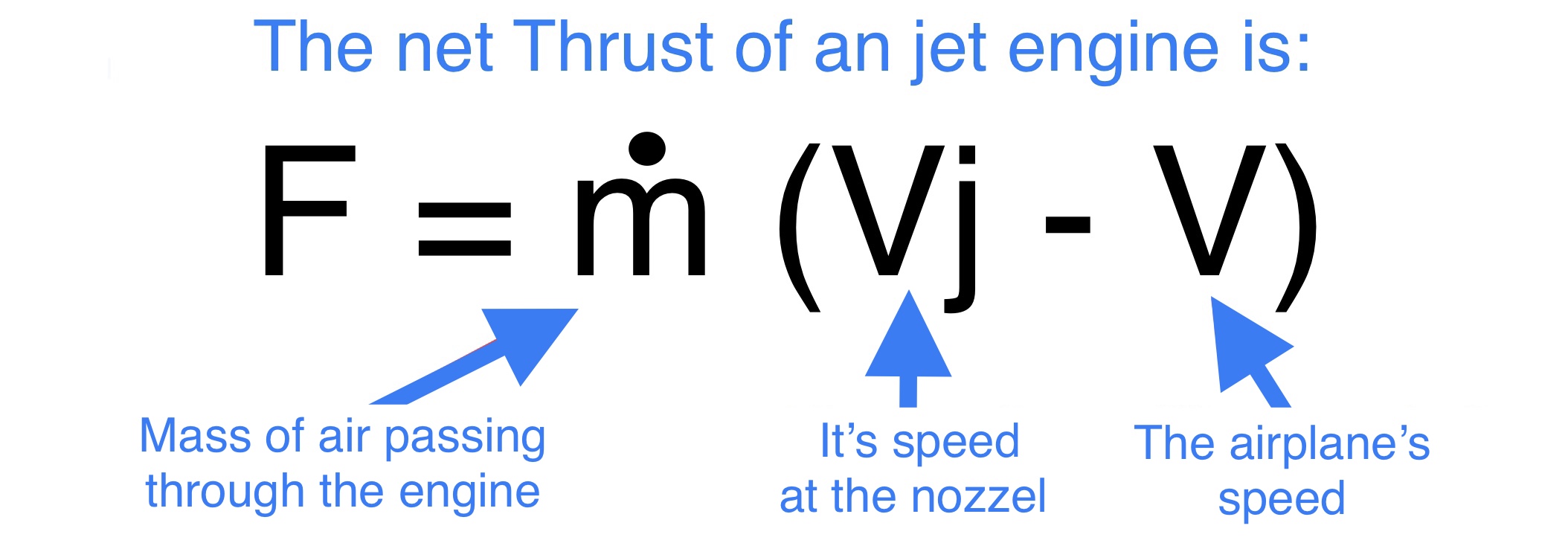Airliner’s fuel efficiency varies with age and usage
The fuel efficiency of airliners depends on the age of the airliner, the length of routes flown and the number of seats occupied.. Continue reading “Airplane fuel efficiency varies greatly and lacks further improvement”
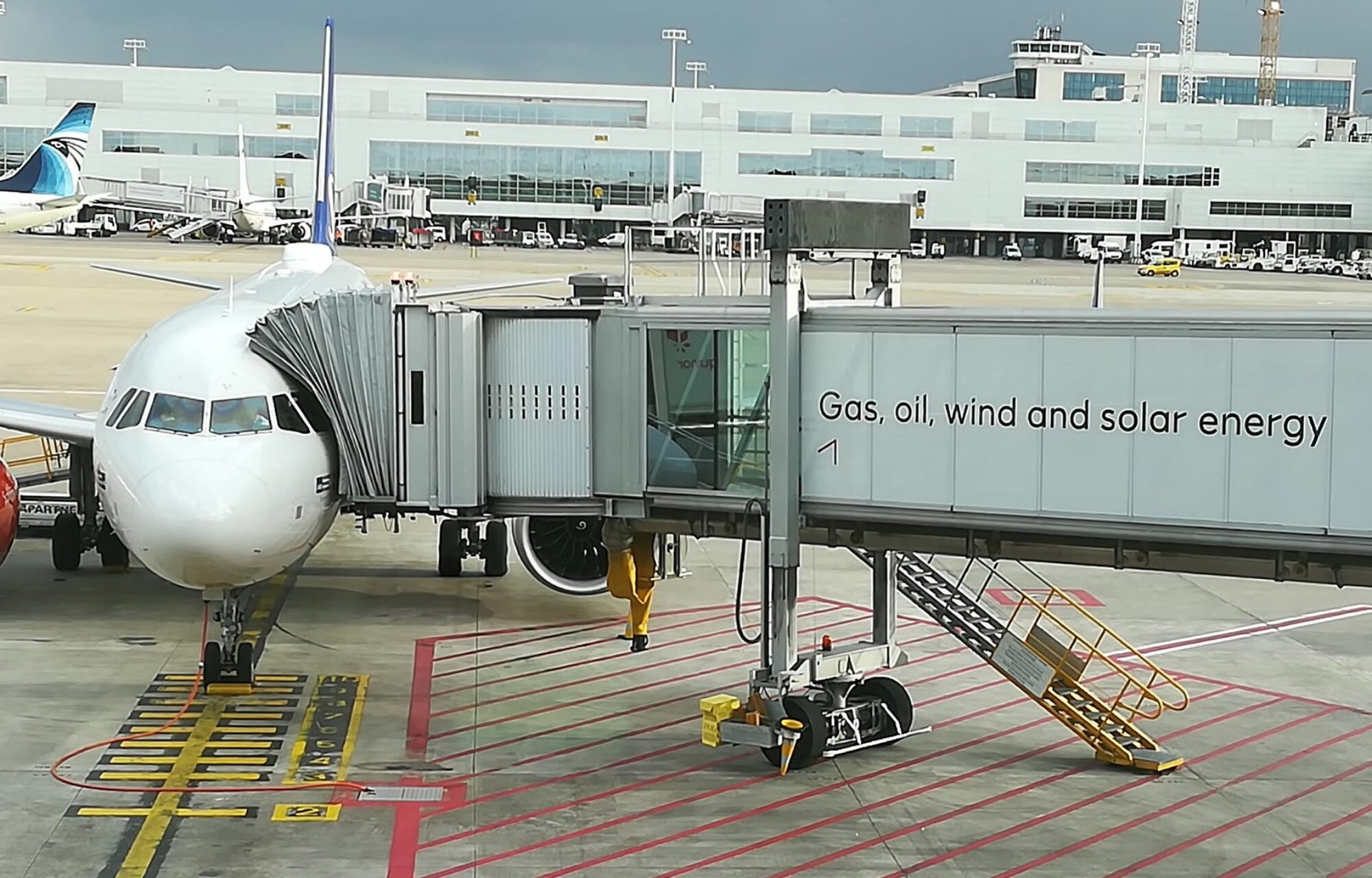
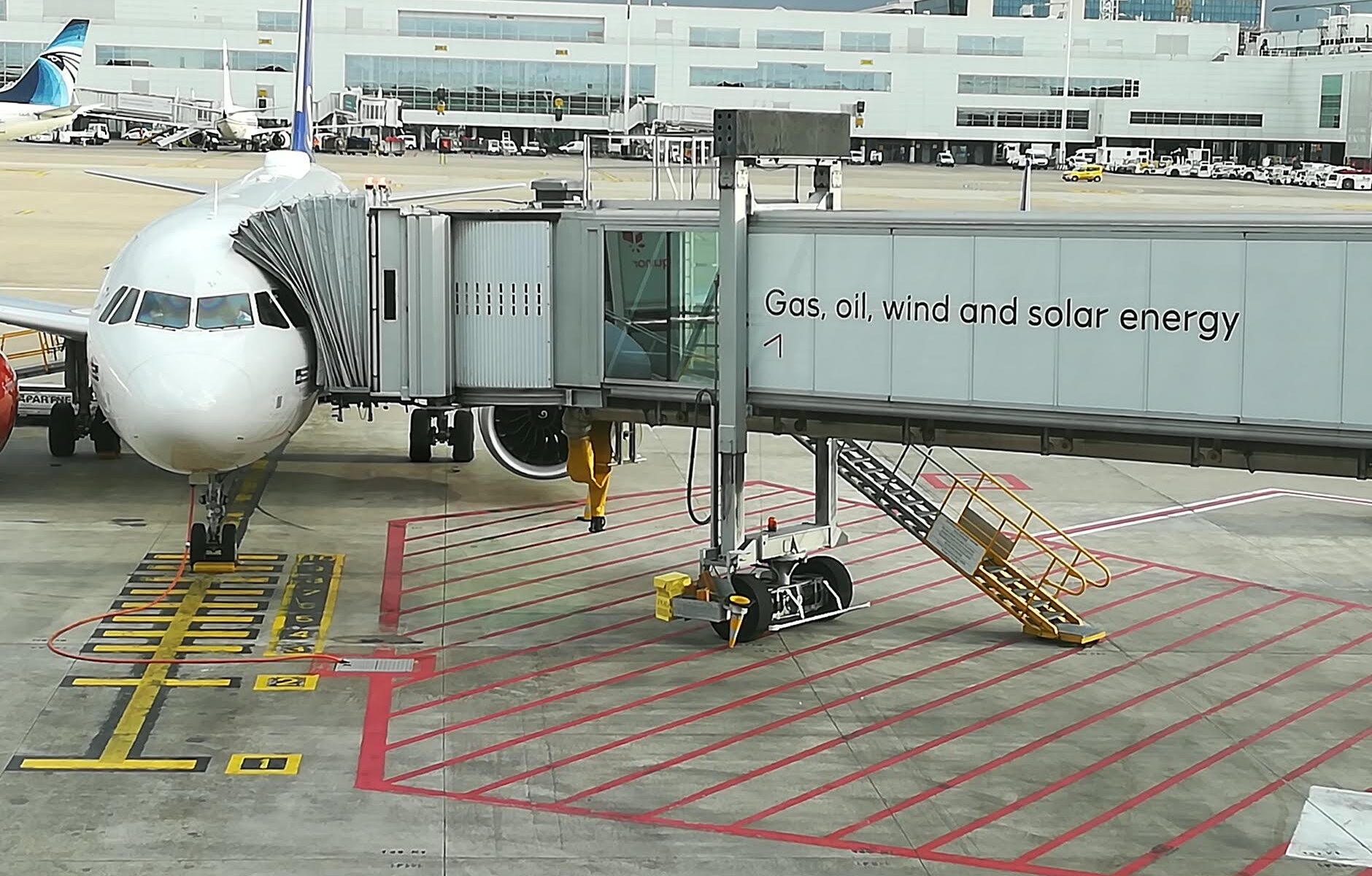

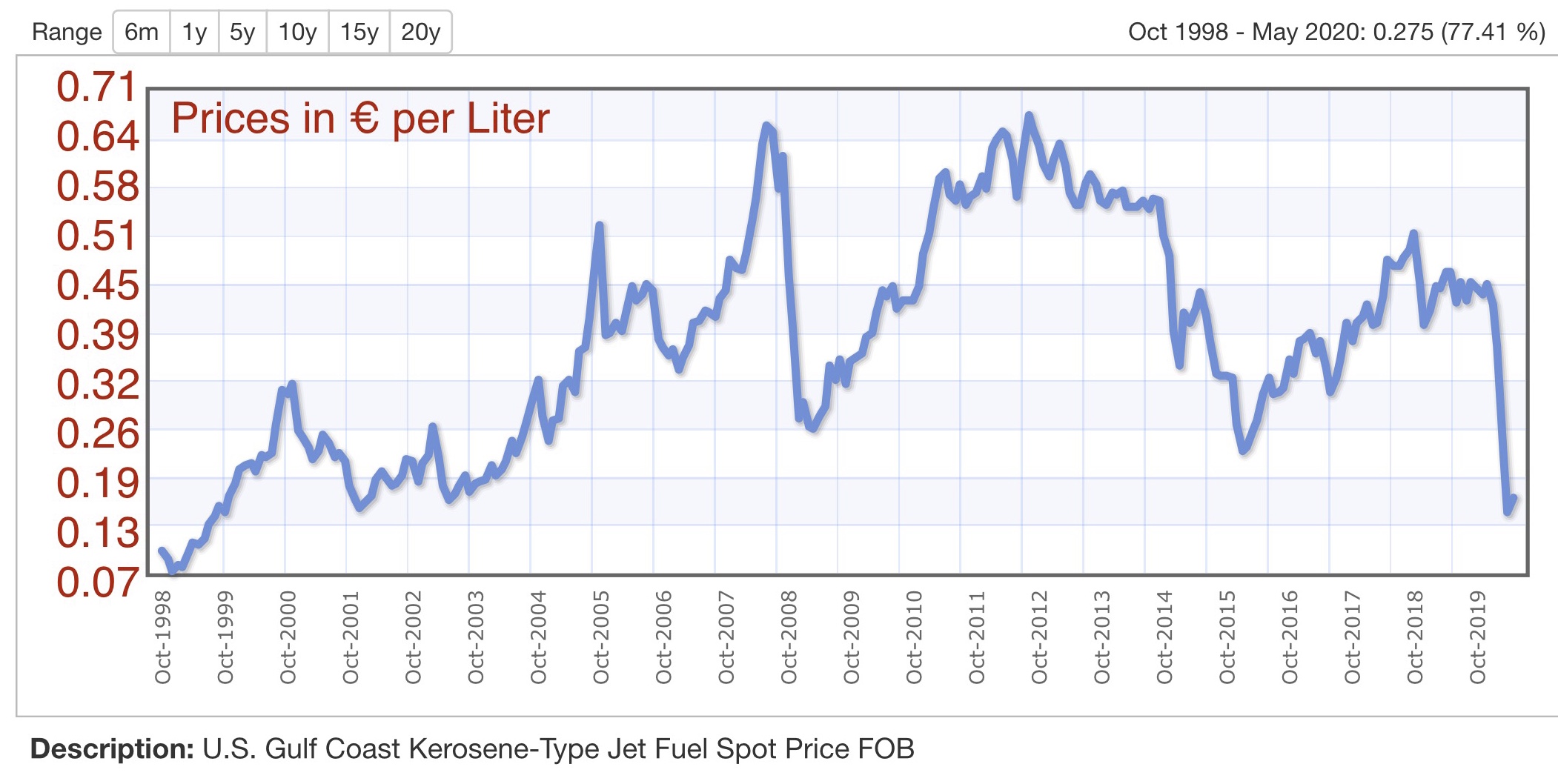
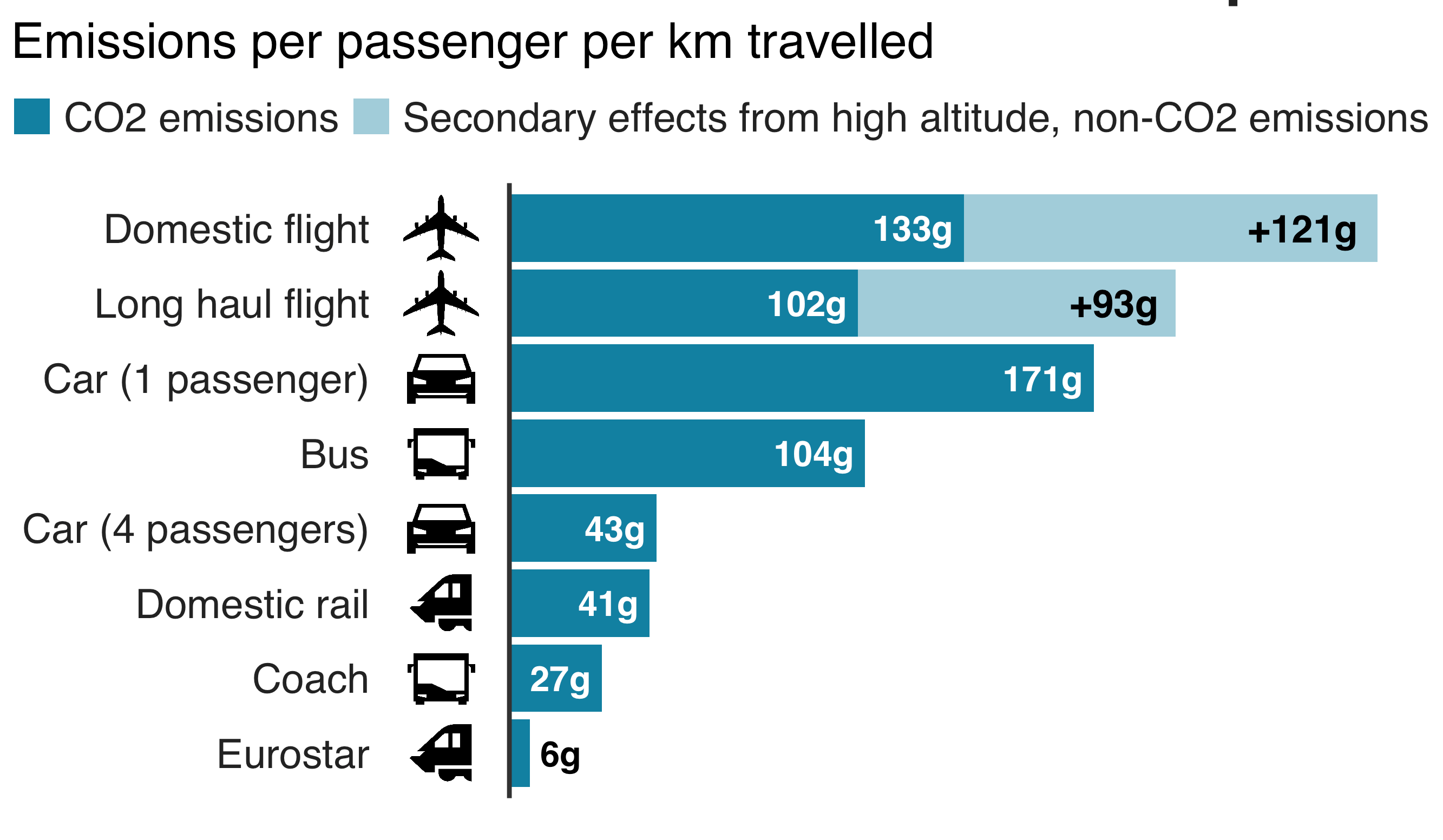
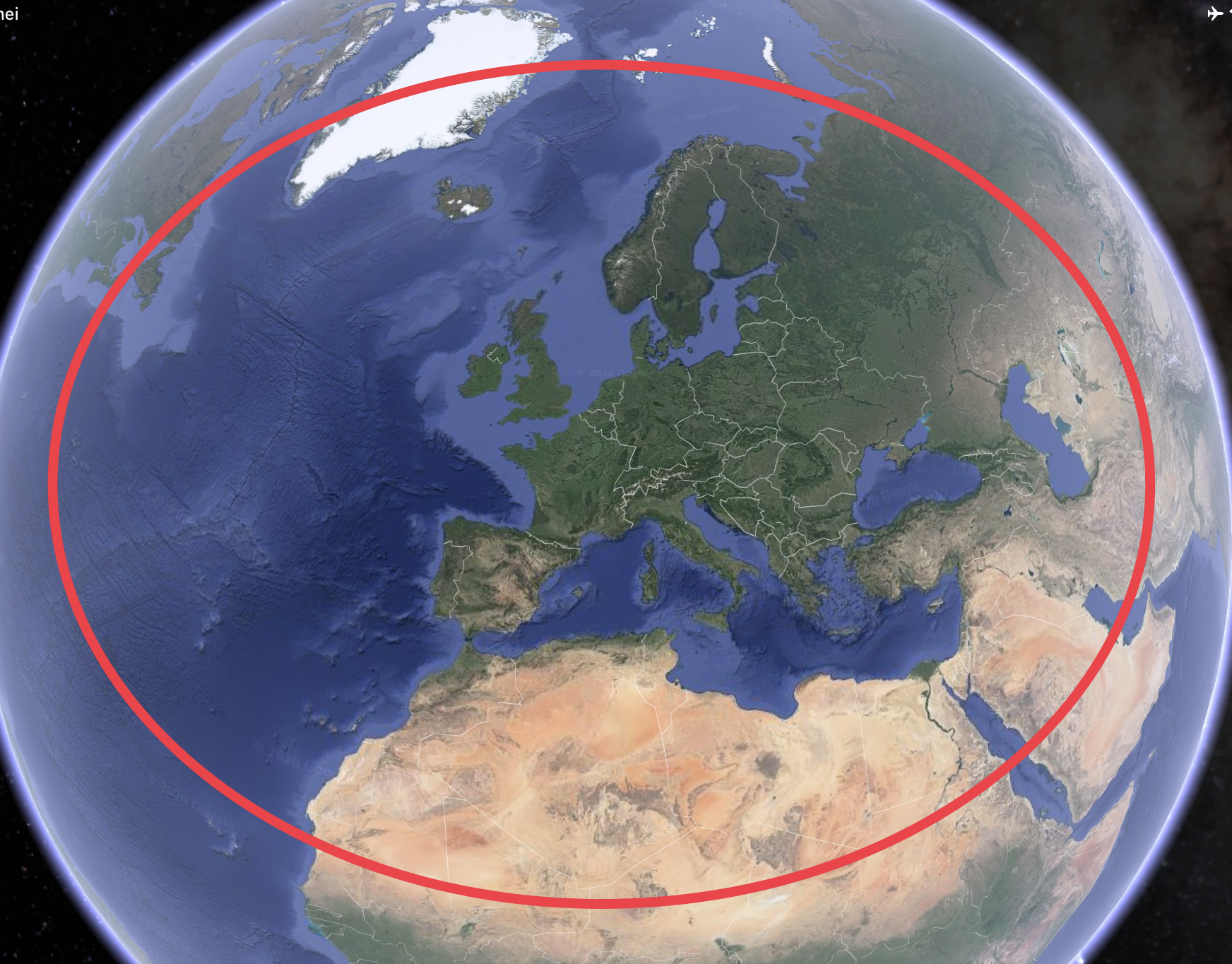 CO2 emission rules for flights outside EU ETS airspace must stop at a certain (great-circle) distance, e.g. beyond 5,000 km. This “stop the clock” policy avoids unfair competition from flights with intermediate stops outside the EU ETS. Otherwise, fuel efficient direct flights get unfair competition from less fuel efficient flights with intermediate stops.
CO2 emission rules for flights outside EU ETS airspace must stop at a certain (great-circle) distance, e.g. beyond 5,000 km. This “stop the clock” policy avoids unfair competition from flights with intermediate stops outside the EU ETS. Otherwise, fuel efficient direct flights get unfair competition from less fuel efficient flights with intermediate stops.  Sturdy, short and swept for speed or delicate, long and straight for efficiency? During the past 70 years, the airliner’s wing geometry hasn’t changed much. Advanced materials allow nowadays light-weighted and delicate designs and all current airliners are optimised for high subsonic speeds, e.g. 900 km/h / M 0.8
Sturdy, short and swept for speed or delicate, long and straight for efficiency? During the past 70 years, the airliner’s wing geometry hasn’t changed much. Advanced materials allow nowadays light-weighted and delicate designs and all current airliners are optimised for high subsonic speeds, e.g. 900 km/h / M 0.8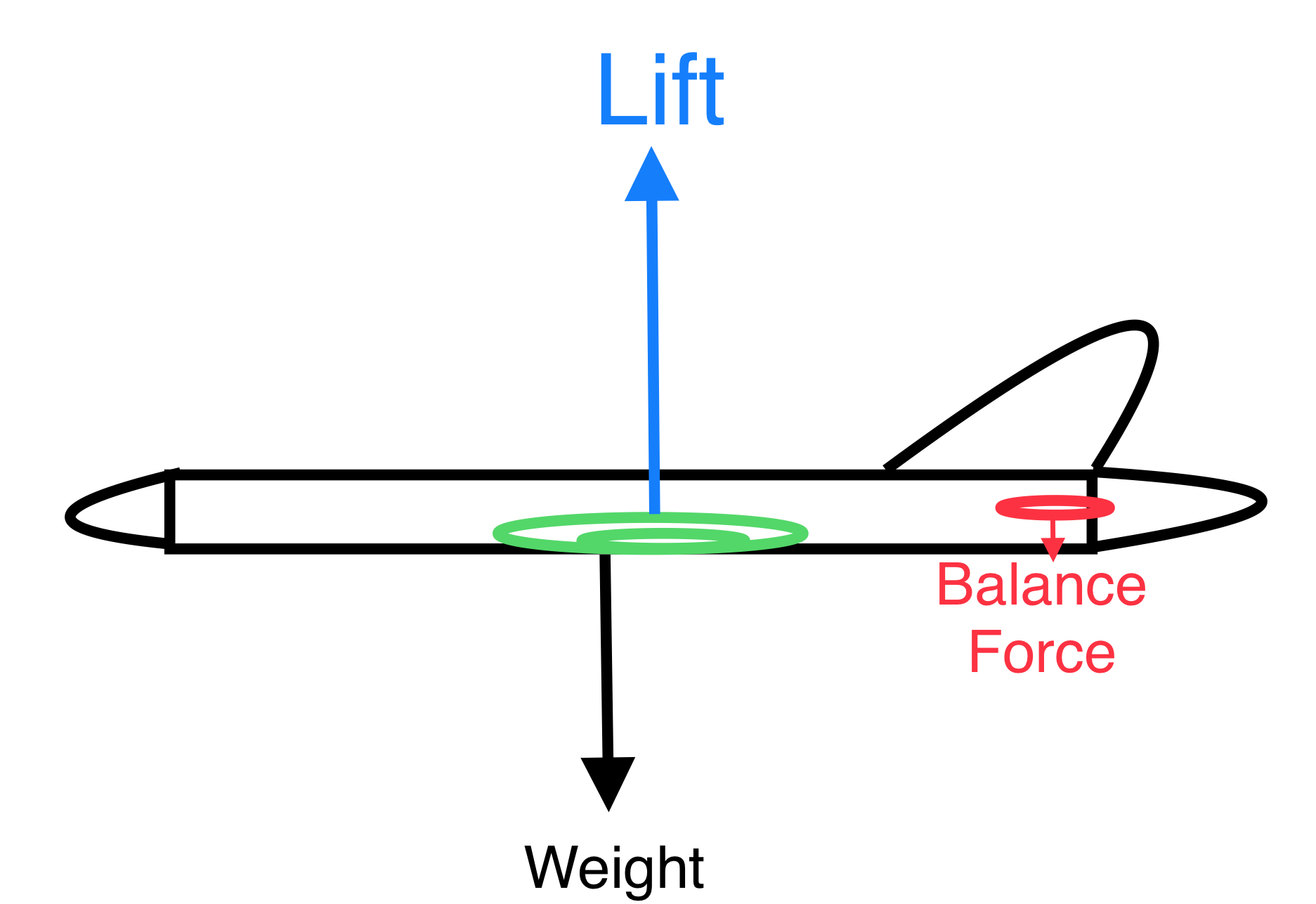 All current aircraft are Tube & Wing designs. A wing, which generates lift, a tube-like fuselage, which holds the load, and a balancing tail. Only small improvements were made to noses, cockpit windows, wing-root fairings and tail-cones. However, these can not improve much further.
All current aircraft are Tube & Wing designs. A wing, which generates lift, a tube-like fuselage, which holds the load, and a balancing tail. Only small improvements were made to noses, cockpit windows, wing-root fairings and tail-cones. However, these can not improve much further. 
